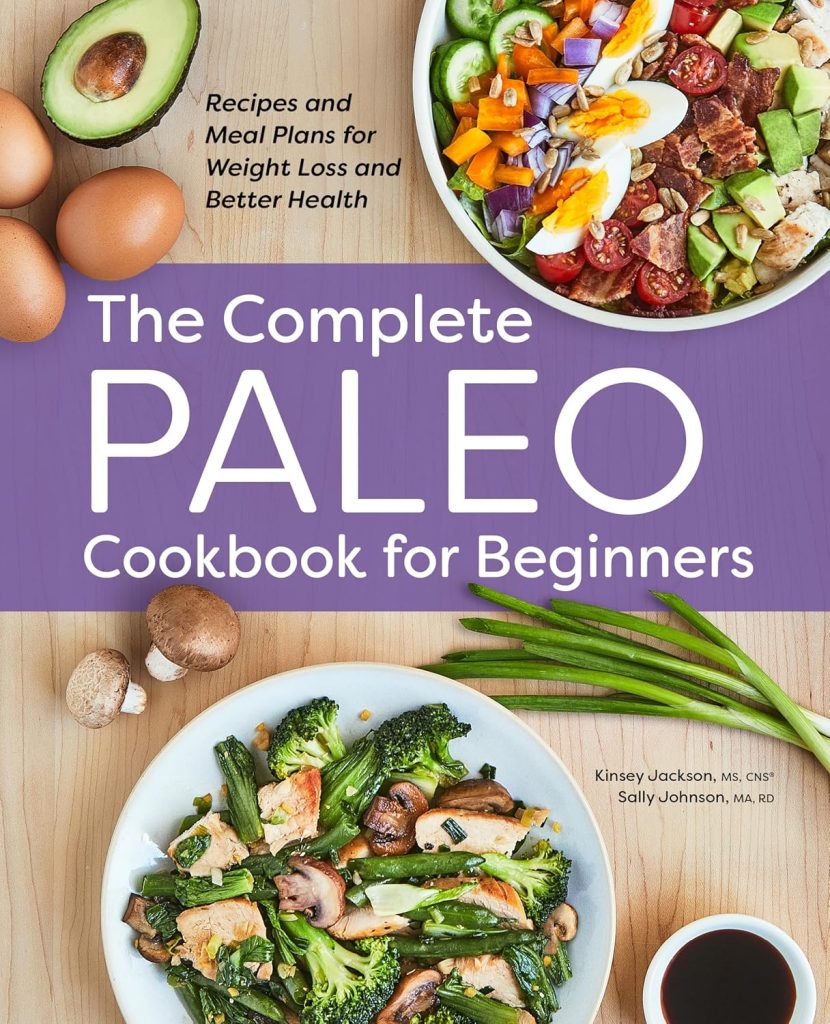The Paleo diet, often referred to as the “caveman diet,” has surged in popularity over the past decade. Proponents tout its potential benefits for weight loss, improved energy levels, and reduced risk of chronic diseases. But what exactly is the Paleo diet, and is it a sustainable and healthy way to eat? Let’s delve into the details.
What is the Paleo Diet?
The fundamental principle of the Paleo diet revolves around mimicking the eating habits of our Paleolithic ancestors, who lived before the advent of agriculture. The core idea is that our bodies are genetically best suited to the foods humans consumed during the Paleolithic era, roughly 2.5 million to 10,000 years ago.
This translates into a diet primarily consisting of:
- Lean meats: Grass-fed beef, wild game, poultry, seafood
- Fruits and vegetables: A wide variety, emphasizing non-starchy options
- Nuts and seeds: In moderation
- Healthy fats: From sources like avocados, olive oil, coconut oil
Conversely, the diet excludes foods that are believed to have become staples after the agricultural revolution:
- Grains: Wheat, rice, corn, oats, barley
- Legumes: Beans, lentils, peanuts
- Dairy products: Milk, cheese, yogurt
- Refined sugars: Processed foods, sugary drinks
- Processed foods: Anything with artificial ingredients, additives, or preservatives
Potential Benefits of the Paleo Diet:
Many believe the Paleo diet offers several potential health benefits, stemming from its emphasis on whole, unprocessed foods and its exclusion of common allergens and inflammatory ingredients:
- Weight Loss: The high protein and fiber content can promote satiety, potentially leading to reduced calorie intake and weight loss.
- Improved Blood Sugar Control: By eliminating refined sugars and processed carbohydrates, the Paleo diet can help stabilize blood sugar levels, which may be beneficial for individuals with diabetes or insulin resistance.
- Reduced Inflammation: The focus on anti-inflammatory foods like fruits, vegetables, and healthy fats may help reduce chronic inflammation in the body.
- Increased Energy Levels: Eliminating processed foods and emphasizing nutrient-dense options can contribute to sustained energy levels throughout the day.

Criticisms and Considerations:
While the Paleo diet boasts potential advantages, it’s crucial to acknowledge the criticisms and potential drawbacks:
- Restrictive Nature: Eliminating entire food groups like grains, legumes, and dairy can make the diet challenging to maintain long-term and may lead to nutrient deficiencies if not carefully planned.
- Historical Inaccuracies: The notion of a single, uniform “Paleolithic diet” is overly simplistic. The eating habits of our ancestors likely varied greatly depending on geographical location and available resources.
- Sustainable Sourcing: Sourcing truly grass-fed meats and wild-caught seafood can be expensive and environmentally challenging.
- Lack of Long-Term Studies: While short-term studies have shown promising results, long-term research on the health effects of the Paleo diet is still limited.
- Potential Nutrient Deficiencies: Excluding dairy can lead to calcium deficiencies, while limiting legumes can reduce intake of fiber and certain vitamins. Supplementation may be necessary.
Is the Paleo Diet Right for You?
Ultimately, the suitability of the Paleo diet depends on individual needs, preferences, and health goals.
Before embarking on the Paleo diet, it’s recommended to:
- Consult with a healthcare professional or registered dietitian. They can assess your individual needs and help you create a balanced and sustainable Paleo plan that meets your nutritional requirements.
- Focus on nutrient density. Prioritize fruits, vegetables, and lean protein sources to ensure you’re getting essential vitamins and minerals.
- Consider modifications. You may not need to adhere strictly to all the tenets of the diet. Experiment with adding back certain foods, like legumes or dairy, to see how your body responds.
- Prioritize sustainability. Choose ethically sourced meats and produce whenever possible.
- Listen to your body. Pay attention to how you feel and adjust the diet accordingly.
Conclusion:
The Paleo diet offers a compelling philosophy centered around whole, unprocessed foods. While it may offer potential benefits for weight loss and overall health, it’s essential to approach it with a critical eye and consider the potential drawbacks. By working with a healthcare professional and focusing on nutrient density, you can determine if the Paleo diet is a sustainable and healthy eating approach for you. Remember, a balanced and personalized approach to nutrition is often the most effective path to long-term well-being.

